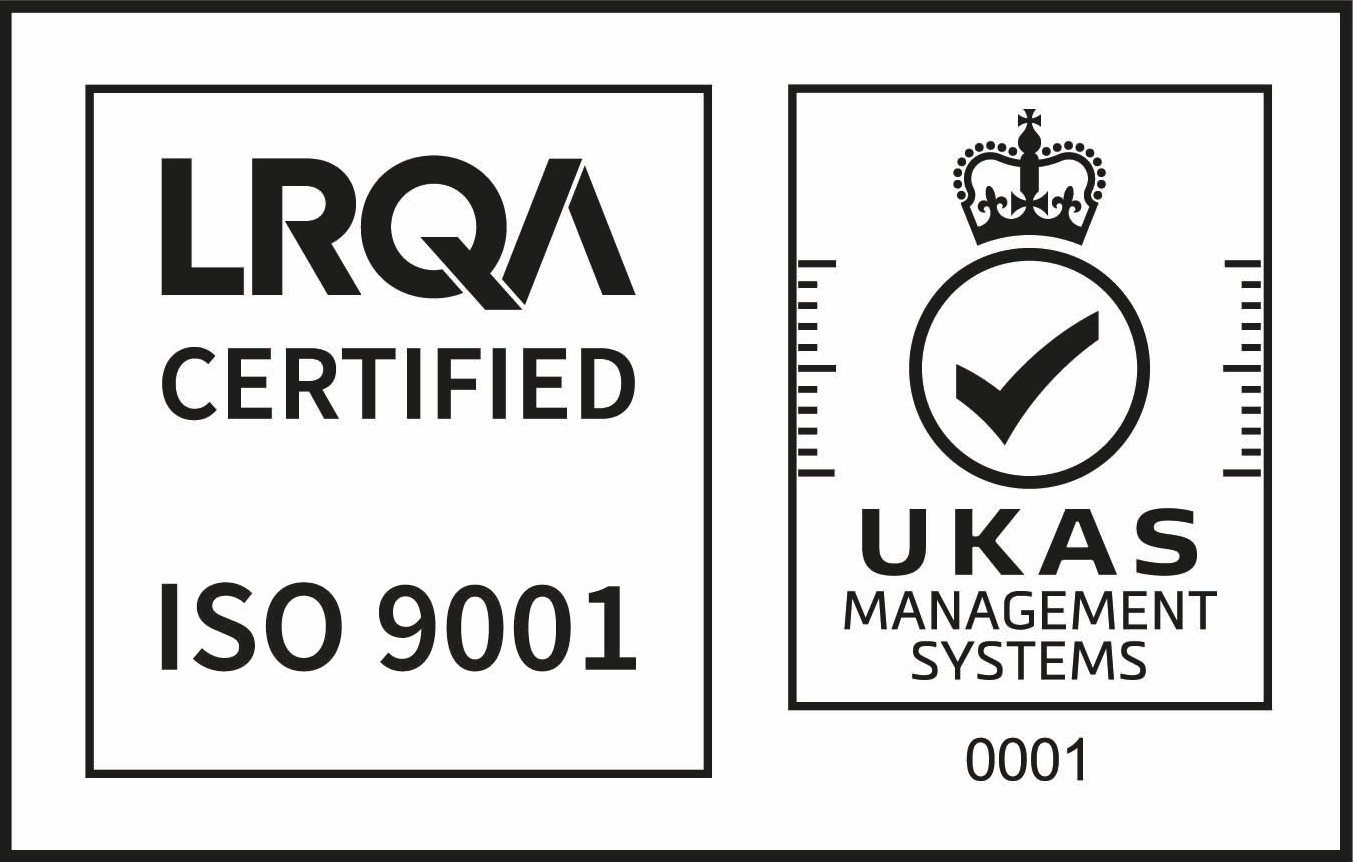Location: Saldanha Bay, South Africa. 120 km from Cape Town.
Email:
WhatsApp: +27 78 687 7973
Commercial SCUBA Air Diver: 30m (Class IV)
Class IV Commercial SCUBA Diver (30m) Overview
This comprehensive program prepares individuals for commercial SCUBA diving operations up to 30 meters. It covers essential knowledge and practical skills in areas such as diving physics, physiology, first aid, oxygen administration, and decompression theory.
Course Structure
-
Theory Component: Completed independently before attending the practical sessions. This includes modules on diving terms, physics, physiology, first aid, oxygen administration, and more.
-
Practical Training: Conducted on-site at The Academy of Diving and Offshore Medicine or another approved commercial diving school. This hands-on training focuses on applying theoretical knowledge in a real-world setting, ensuring participants are proficient in using SCUBA equipment, managing emergencies, and executing safe dives.
Modules Include:
-
Diving Terms
-
Diving Physics
-
Diving Physiology
-
Practical Diving First Aid (PDFA) – First Aid & Diving Modules
-
Oxygen Administration for the Commercial Diver
-
Pre-Sea
-
Diving Legislation
-
Approaches to Safety
-
Diving Safety: Underwater Hazards
-
Diving Medical Emergency Response Plan (DMERP)
-
Diving Equipment: SCUBA
-
Decompression Theory and Tables
-
Air Chambers Safe use of Oxygen and BIBS
-
Class IV Final Exams
Certification and Skills
Graduates of the Class IV program are certified to work with SCUBA equipment, enabling them to perform shallow-water tasks safely. They are equipped with the skills to manage emergencies and execute safe dives.
Career Path
After completing Class IV, divers can progress to Class III, which involves more complex tasks using surface-supplied diving systems. This progression allows divers to take on more challenging roles in the commercial diving industry, such as underwater construction and repair work, where they can utilize specialized equipment and techniques.
Diving Terms
Learn essential diving terminology to ensure effective communication and safety
Diving Physics
Understand how pressure and buoyancy affect divers, including gas laws and their implications.
Diving Physiology
Explore how the body responds to diving pressures, including decompression sickness risks.
Practical Diving First Aid (PDFA) – First Aid Module
Master basic first aid skills tailored for diving emergencies.
Practical Diving First Aid (PDFA) – Diving Module
Learn diving-specific first aid techniques for emergencies like decompression sickness.
Oxygen Administration for the Commercial Diver
Understand safe oxygen therapy administration in diving emergencies.
Diving Legislation
Familiarize yourself with diving laws and regulations for compliance.
Approaches to Safety
Develop strategies to minimize diving hazards through risk assessment.
Diving Safety: Underwater Hazards
Identify and navigate common underwater hazards like currents and marine life.
Diving Medical Emergency Response Plan (DMERP)
Create a comprehensive plan for responding to medical emergencies.
Diving Equipment – Introduction to SCUBA
Learn about SCUBA gear components and proper maintenance.
Decompression Theory and Tables
Understand decompression theory to plan safe dives and avoid sickness.
Air Chamber Attendant (CHATT)
Master air chamber operation and maintenance for assisting and treating patients.
Air Chamber – Safe Use of Oxygen and BIBS
Ensure safe oxygen and BIBS use in air chambers.
Protected: Class IV Final Exams
There is no excerpt because this is a protected post.





